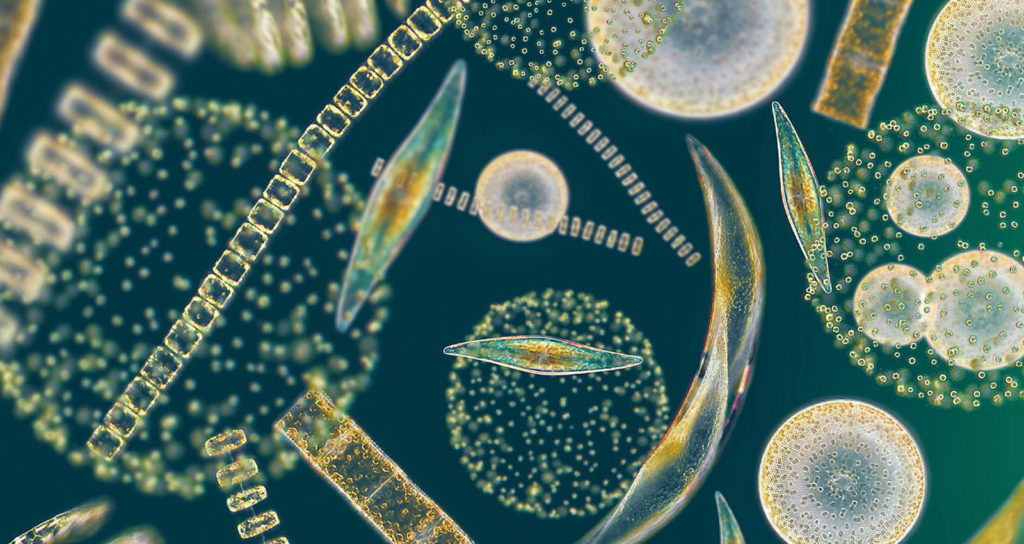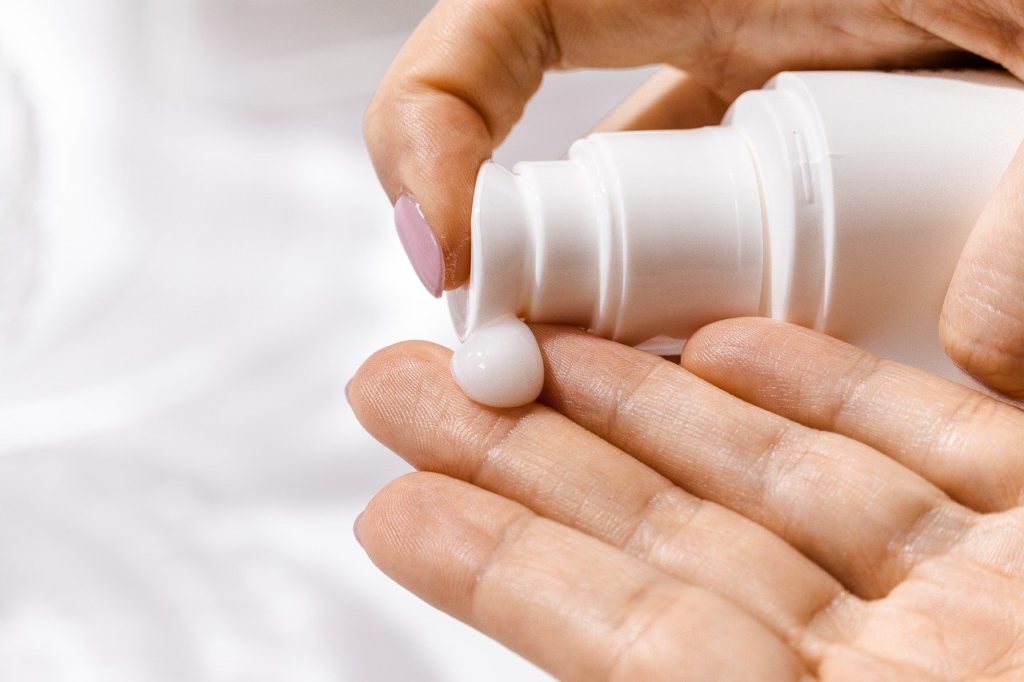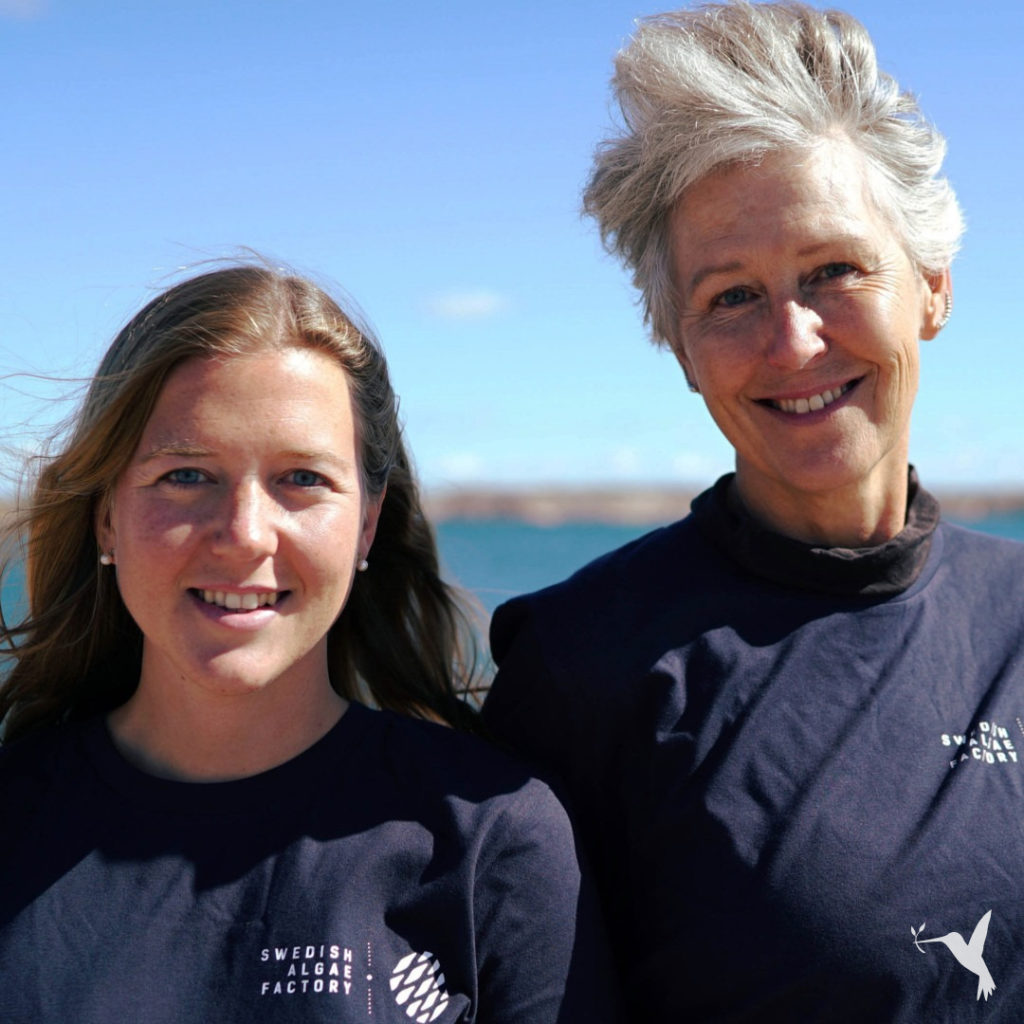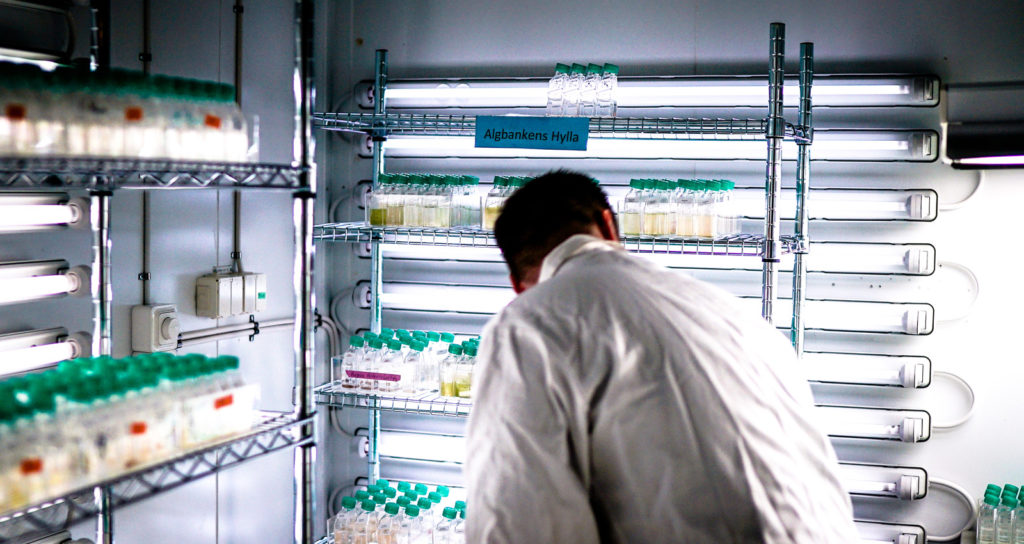Producer Spotlight: Swedish Algae Factory
Ancient Algae & Revolutionary New Technology
What lives in the ocean, can transform into moisturizing beauty products or effective components in solar panels, and assists in ocean cleanup? Is this a good riddle, or the real deal? Perhaps it is both.
Deep within the cold, dark seas there is an algae group called diatoms. Their special shells have evolved over millions of years to ensure their survival by protecting them from UV radiation. This allows for the uptake and release of chemical substances such as nutrients, vitamins, and minerals. It also enables the algae to efficiently regulate water levels.
Mesoporous silica, or Algica, as the Swedish Algae Factory calls it, is a component of the diatoms’ shells. It is a unique substance with many useful properties.
Where do the beauty products fit in? Bear with us, it only gets more interesting from here!
Diatoms: Ancient Algae & Vital Life Form
Diatoms are microscopic, unicellular algae. They are incredibly old and remarkably varied. The cell walls of the diatom contain silicone dioxide. They have specific patterns of tiny pores. This porous structure allows for a perfect exchange of nutrients and waste products. Fossils indicate that diatoms have existed for at least 200 million years. Researchers continuously identify new species. They estimate the number of diatom species to be between 20,000 to 2,000,000. Each species has its own uniquely beautiful pattern on the cell wall.

Isn’t the world amazing?
Diatoms can be found anywhere there is moisture and some available light—in the ocean, on the seabed, in lakes, in and on ice, and even on cave walls. They form the basis of the food web. Everything from microscopic ciliates to large whales eat diatoms. And if being the base of the food chain weren’t important enough, they also provide 20-25% of the oxygen that we breathe. Diatoms are actually critical to life on earth.
From Seabed to Self-Care
Swedish Algae Factory is able to cultivate these critical little diatoms in a lab setting. The resulting Algica, is an amazing, versatile product. Through controlled algae blooms in their lab, they convert the silica shells into Algica. This is a sustainable, high-tech material. It has light altering, absorptive and binding properties that synthetic materials cannot match.
These controlled blooms prevent nitrogen and phosphorus from overfertilizing the seas and oceans. That means that the Swedish Algae Factory is also cleaning sea water.
Algae: Good for the Ocean & for the Face
We’ve all heard of superfoods, right? Well, skincare is not to be left out of the super category. Algica is set to be the newest supermaterial in the skincare world. It is a moisturizer and cleanser, a rheology modifier, and it boosts other active substances. It is even an anti-pollution agent. Algica adds value to a range of skincare products, from face creams to serums and sunscreen. Its UV light blocking properties can aid in sun protection. Algica also protects skin from external pollution and absorbs impurities, sweat and bacteria. It is transparent and odor-free.

Here’s another riddle for you. What’s better than natural skincare products? Natural skincare products that clean up the oceans. (Of course!) Wherever Swedish Algae Factory has a location, they can provide environmentally-friendly and low-cost wastewater treatment. Additionally, the resulting organic biomass from algae processing makes perfect fish feed or fertilizer.
Is Algae the Future of Solar?
Where are we in the diatom riddle? Just getting to the good stuff!
Swedish Algae Factory operates in harmony with nature to cultivate their algae. They maintain a circular economic and environmental mindset. Their process ensures that carbon dioxide and nitrogen emissions convert into something useful. Algica’s properties include down-conversion, light trapping, and UV blocking.
What does this mean? In addition to supporting UV protection in skincare products, Algica can significantly enhance the efficiency of silicon-based solar panels.
Swedish Algae Factory’s current objective is to provide a substance for quality skincare products. Their long-term goal, however, includes using the same material to enhance solar panels.
Swedish Algae Factory Team & History
Professor Angela Wulff and Sofie Allert founded Swedish Algae Factory, along with Angela’s research team and Sofie’s entrepreneurial drive. They launched the project in 2014. Their vision was to utilize the unique traits of diatoms in various industries.

The core team has over 100 years’ combined experience in algae research, biology, and engineering. Even before the birth of Swedish Algae Factory, the core members were active in these fields. Along with their diverse knowledge, they have infused the company with their passion for changing how we use the world’s resources.
The team is constantly working to improve production and extraction. Swedish Algae Factory is always seeking new species and factory sites. They also continue to research the properties of this exciting material. While doing all this, the company has patents pending for several uses of the material.

By 2030, their goal is to have many Swedish Algae Factories up and running worldwide. They aim to contribute to a more sustainable industry and create cleaner bodies of water. That, and build more efficient solar energy and quality beauty products as well.
Amazing diatoms, ancient algae, and Algica. That’s the answer to the riddle. You can do yourself and our oceans a favor by trying it on your face and on your solar panels.
Discover the stories behind more amazing producers in our network here.
